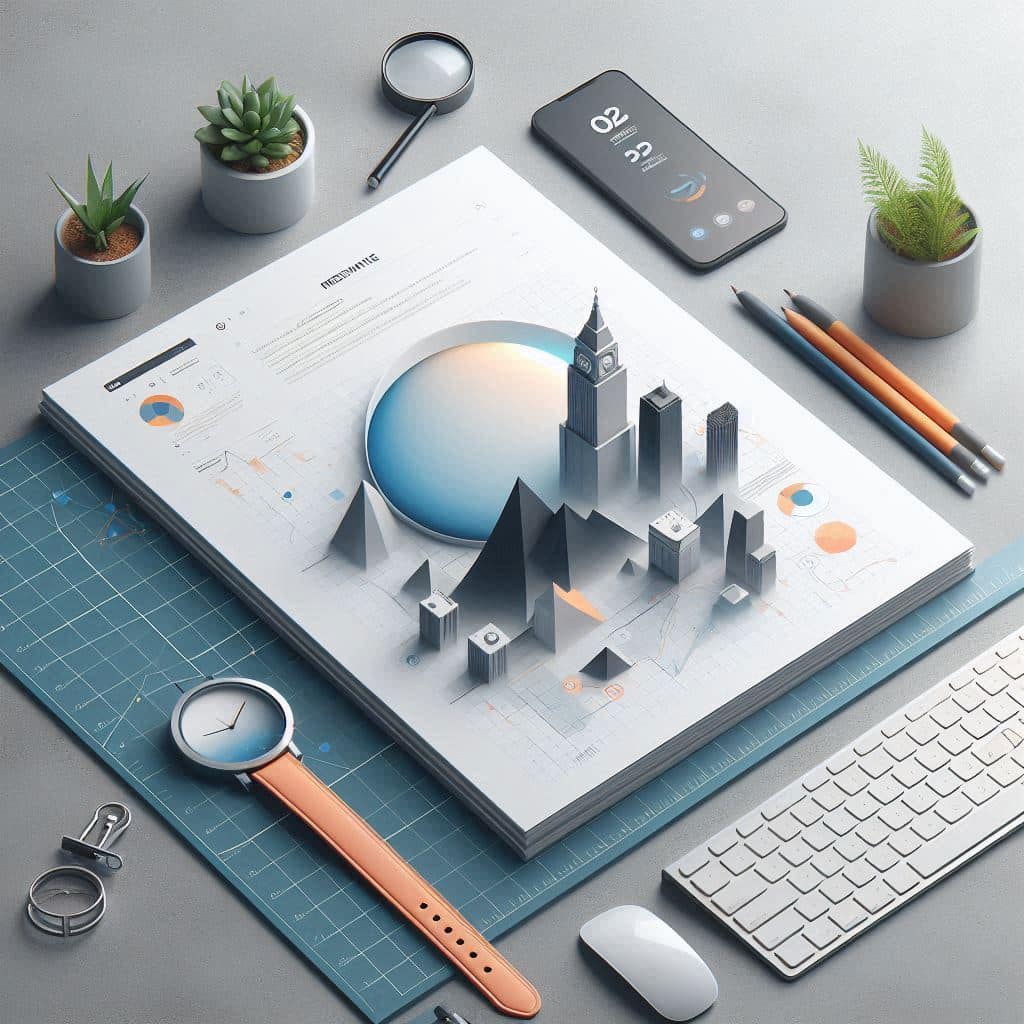
The Most Common Mistakes Made by Non-Designers
Design is essential to any visual communication, whether for a website, a marketing campaign, or a simple flyer. However, non-designers often make common mistakes that can detract from the effectiveness of their work. Here are some of the most frequent errors and how to avoid them.
- OVERLOADING WITH INFORMATION
One of the most common mistakes non-designers make is trying to include too much information in a single design. This can overwhelm the viewer and dilute the main message. Instead, focus on the key points you want to convey and use white space effectively to give your design room to breathe.
Example: A flyer for a local event that tries to include every detail about the event, resulting in a cluttered and overwhelming design.
Solution: Focus on the key points you want to convey and use white space effectively to give your design room to breathe.
- POOR FONT CHOICES
Typography plays a crucial role in design, and choosing the wrong fonts can make your work look unprofessional. Avoid using too many different fonts and stick to a maximum of two or three that complement each other. Ensure that the fonts you choose are legible and appropriate for the context.
Example: A website that uses a mix of Comic Sans, Times New Roman, and Arial, making it look unprofessional and inconsistent.
Solution: Avoid using too many different fonts and stick to a maximum of two or three that complement each other. Ensure that the fonts you choose are legible and appropriate for the context.
- IGNORING ALIGNMENT AND SPACING
Alignment and spacing are fundamental principles of design that help create a cohesive and organized look. Non-designers often neglect these aspects, leading to a cluttered and unbalanced design. Use grids and guides to align elements properly and maintain consistent spacing throughout your work.
Example: A business card where the text and logo are not aligned properly, leading to a cluttered and unbalanced look.
Solution: Use grids and guides to align elements properly and maintain consistent spacing throughout your work.
- INCONSISTENT COLOR SCHEMES
Colour is a powerful tool in design, but using too many colours or inconsistent colour schemes can be distracting. Stick to a limited colour palette that aligns with your brand or the message you want to convey. Use colour to highlight important elements and create visual harmony.
Example: A brochure that uses a variety of colours without any consistency, making it visually confusing.
Solution: Stick to a limited colour palette that aligns with your brand or the message you want to convey. Use colour to highlight important elements and create visual harmony.
- LACK OF VISUAL HIERARCHY
Visual hierarchy helps guide the viewer’s eye through the design and emphasizes the most important elements. Non-designers often fail to establish a clear hierarchy, making it difficult for viewers to understand the main message. Use size, colour, and placement to create a hierarchy that directs attention to key information.
Example: A poster where all the text is the same size and colour, making it difficult for viewers to understand the main message.
Solution: Use size, colour, and placement to create a hierarchy that directs attention to key information.
- IGNORING THE TARGET AUDIENCE
Design should always be created with the target audience in mind. Non-designers sometimes create designs based on their personal preferences rather than considering what will resonate with their audience. Research your audience and tailor your design to their needs and preferences.
Example: A children’s book cover designed with dark, muted colours and complex fonts, which may not appeal to young readers.
Solution: Research your audience and tailor your design to their needs and preferences.
- USING LOW-QUALITY IMAGES
High-quality images can significantly enhance a design, while low-quality images can detract from its professionalism. Non-designers sometimes use pixelated or irrelevant images that don’t align with the overall design. Invest in high-quality images or use reputable stock photo websites to find suitable visuals.
Example: A website that uses pixelated or irrelevant images, detracting from its professionalism.
Solution: Invest in high-quality images or use reputable stock photo websites to find suitable visuals.
CONCLUSION
Designing without a background in design can be challenging, but non-designers can create more effective and visually appealing work by avoiding these common mistakes. Remember to keep it simple, maintain consistency, and consider your audience. With practice and attention to detail, anyone can improve their design skills.